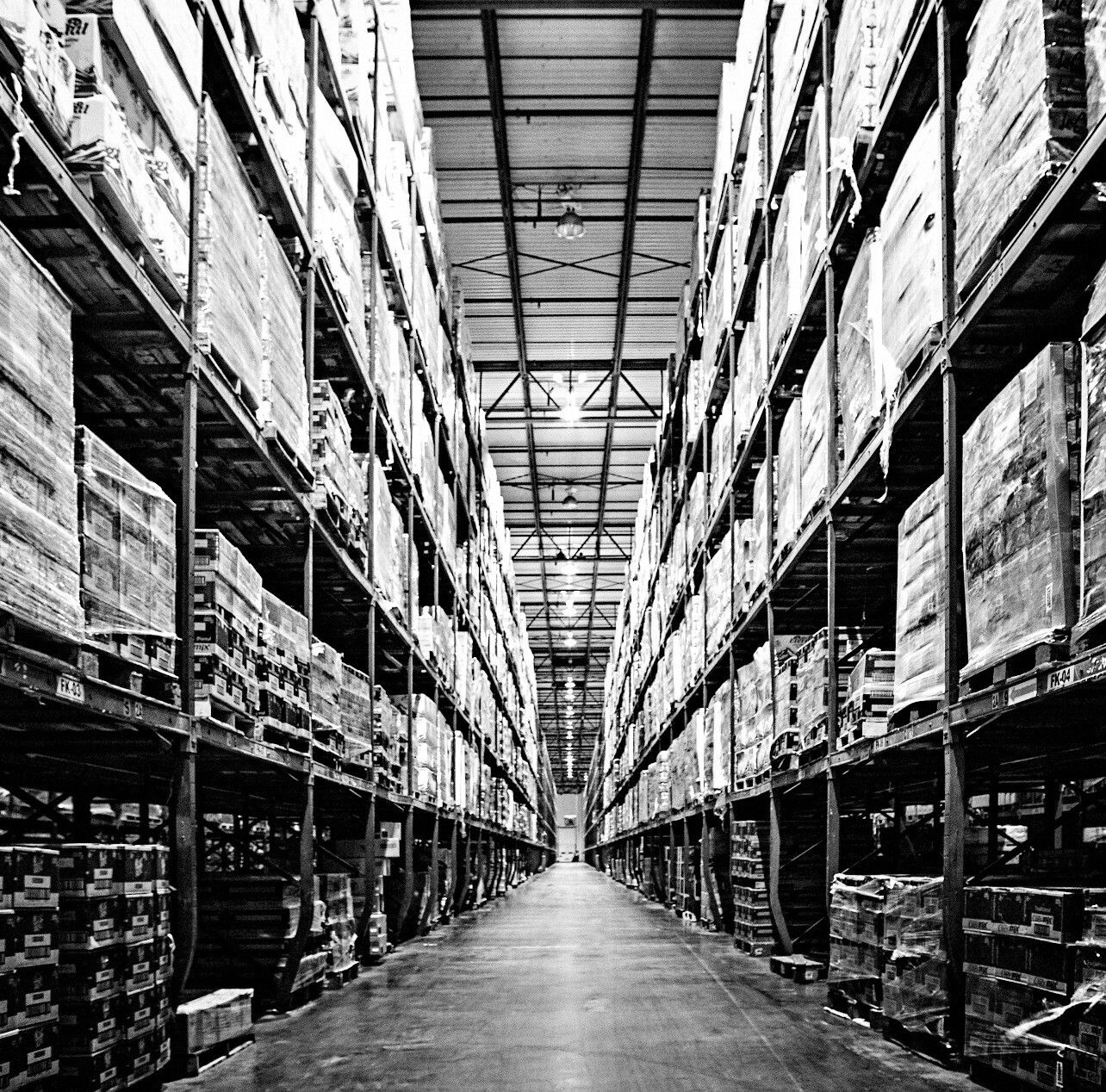
Cold storage warehouse management has become one of the most critical topics in supply chain operations today. As global demand for frozen foods, pharmaceuticals, and biologics surges, the refrigerated warehousing market is projected to exceed $426 billion by 2034 [source].
New cold storage facilities are popping up across logistics hubs, boasting larger footprints, smarter technology, and more sophisticated environmental controls.
Yet despite all the investments in cutting-edge infrastructure—high-density racks, automated freezer zones, and smart dock doors—many companies still face a hidden obstacle that can derail operations: workforce execution.
At first glance, these modern cold storage sites look perfectly positioned for efficiency and scalability. But during the initial weeks of operation, gaps often become painfully clear.
Associates struggle with the physical toll of working in 35°F environments.
Turnover rates spike, sometimes within the first two weeks.
Productivity drops notably after breaks or lunch, as bodies fatigue faster in cold conditions.
Supervisors get buried under administrative tasks, leaving less time for active floor management.
It’s not usually a design flaw. Instead, it’s a labor execution problem.
Most cold storage facilities are meticulously engineered for operational flexibility—able to handle various products, order profiles, and seasonal volume swings. But all that flexibility depends on a workforce strategy designed to keep up.
Managing a cold storage warehouse isn’t the same as managing an ambient facility. Cold environments introduce a sharper learning curve:
Work is physically demanding: Employees wear additional gear, navigate slick surfaces, and move products in cold, sometimes sub-zero zones.
Safety and compliance stakes are higher: Food and pharmaceutical products require strict temperature controls and handling protocols [source].
The talent pool is smaller: Not everyone is willing or able to work in a refrigerated environment, making hiring and retention tougher.
Because of this, successful cold storage operations can’t rely on standard temp agency fill-ins or assume the same onboarding processes used in traditional warehousing will work. A truly effective cold storage warehouse management approach focuses on building a labor model tailored to these specific demands.
Top-performing cold storage facilities treat workforce planning with the same rigor they apply to equipment or building design.
Here’s how they set themselves apart:
✅ They model labor needs carefully. Before the doors even open, they map out headcount against expected throughput, adjusting for different temperature zones and product types.
✅ They invest in leadership. Frontline managers and supervisors get specialized training on engaging employees in cold environments, maintaining morale, and spotting fatigue or safety risks early.
✅ They create retention pathways. Instead of waiting for turnover to spike, they develop career ladders and incentives designed to keep associates long-term—reducing constant rehiring and retraining costs.
✅ They align people strategy with operational KPIs. Labor isn’t treated as a last-mile detail; it’s planned right alongside metrics like on-time shipping, inventory accuracy, and spoilage rates.
The best operations know that productivity, safety, and morale aren’t separate goals. They’re intertwined. Workers who feel equipped, supported, and engaged are more likely to follow protocols, stay vigilant about food safety, and hit throughput targets.
As refrigerated infrastructure continues its rapid expansion, there’s no question that advanced designs and automation will play a huge role. But success ultimately comes down to execution—and execution is powered by people.
Whether it’s a blast tunnel freezing facility, a large-scale pharmaceutical distribution center, or a multi-temperature food DC, the quality of cold storage warehouse management hinges on the quality of the workforce model supporting it.
Investing in the right people strategy isn’t just a “nice to have.” It’s what ensures that the millions spent on refrigeration, racking, and compliance systems pay off.
Q: When managing a cold storage warehouse, what’s the single most critical factor to get right?
A: While design, temperature control, and compliance systems are essential, the most critical factor is your labor execution strategy. Without a workforce prepared and supported to thrive in cold environments, even the most state-of-the-art facility can struggle with turnover, safety incidents, and productivity shortfalls. A deliberate labor model—focused on training, retention, and leadership—ensures that your warehouse operates at its full potential.
Cold Chain Logistics: Why It Matters
Refrigerated Warehouse Market Outlook
Occupational Safety & Health for Cold Storage Workers
👇📅 We're here to help. There's no pitch - just a conversation. 📅👇
In any market, your supply chain can make or break your ability to compete well. Don't leave that to chance. We can help you create a stronger operation, so you never fall behind the competition.
Stop worrying about labor challenges and start enjoying a safe, lean, and rock-solid supply chain.
(800) 849-3132 | © FHI. All rights reserved.